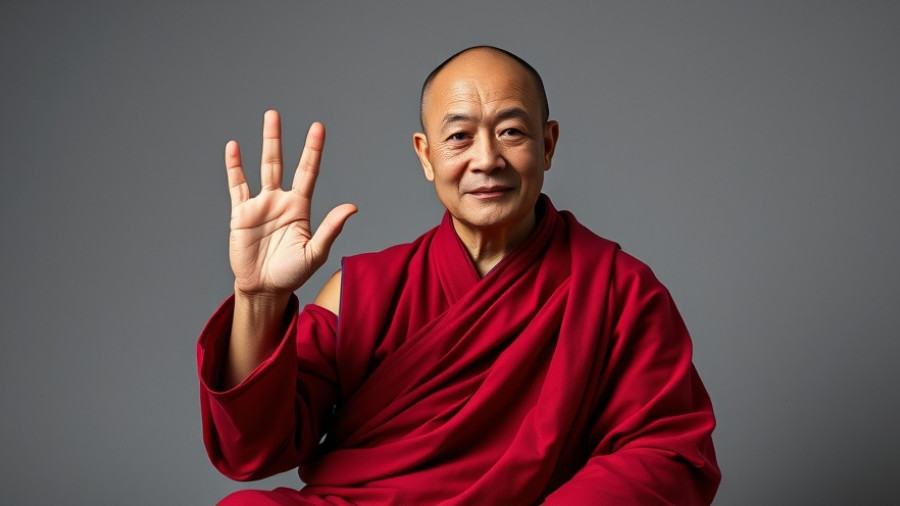
Exploring the In-Between: Insights from Amie Barrodale
In a compelling conversation, Amie Barrodale sheds light on her debut novel, Trip, revealing the intricate layers of her writing journey intertwined with personal evolution. At its core lies a meditation on death, identity, and the nuanced understanding of autism, all navigated through the rich tapestry of Buddhist philosophy.
The Essence of Bardo: A Space Between
Barrodale poignantly introduces the concept of 'bardo,' a term rooted in Tibetan Buddhism signifying the state of transition. This notion resonates deeply as she reflects on personal experiences—caught between childhood memories and the present dynamics of motherhood. “Bardo means in between,” she emphasizes, capturing the essence of her character's journey, Sandra, who grapples with the confusion of autism. Just as the bardo encompasses death and rebirth, Sandra's story unfolds between her understanding of her child's diagnosis and her own emotional journey.
Navigating the Waves of Autism
In channeling Sandra’s struggles, Barrodale's narrative aligns with her family’s evolving understanding of autism. Initially perceived as chaotic, this journey unfolds into a deeper comprehension over time. Through the lens of her story, readers are invited to notice how misconceptions transform into clarity, a testament to growth. “Initially with autism, you think it’s going to be chaos,” Barrodale states, reflecting the common fears many families face. However, through her narrative, families may find comfort in knowing that understanding and acceptance often follow the early phases of confusion.
The Writer's Evolution: From Chaos to Clarity
Reflecting on her growth as a writer post-motherhood, Barrodale shares an honest account of the transition. “I’m like a hunted rat,” she describes, illuminating the contrasts between single-focus writing sessions and the multifaceted demands of parenthood. Yet, amidst this chaos, she uncovers newfound insights—the kind that each chaotic moment provides might yield profound depths in narrative. As Barrodale acknowledges, the evolving chaos of life can enrich one’s voice, shaping a style that is genuinely reflective of personal experience.
Embracing Chaos: The Gift of Motherhood
There’s a beautiful paradox in Barrodale’s experience; the chaos of motherhood brings a unique depth to her narrative voice. This shift from meticulous reflection to embracing spontaneity shapes her writing in unexpected ways. “I can do a lot more now because of the chaos,” she reflects, offering wisdom that resonates with any creative enthusiast feeling stifled by traditional structures.
Conclusion: Finding Balance Through Bardo
Barrodale’s journey through writing, parenting, and spiritual exploration unveils the beauty hidden within transitions. It reveals how the in-between moments—the bardos of our lives—hold transformative power. As we navigate our own journeys, we might remember that the straddling of different realms can lead us to profound insights and new beginnings.
 Add Row
Add Row  Add
Add 




Write A Comment